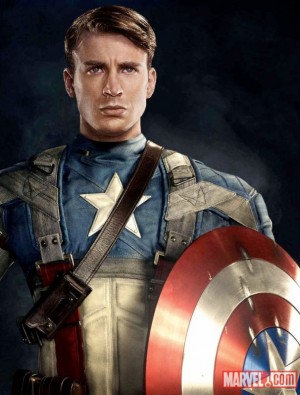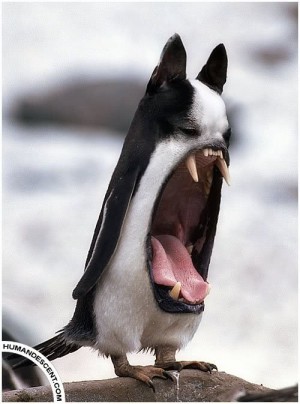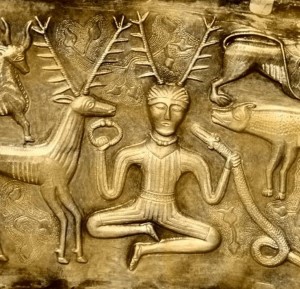
“And what’s your superpower, young man?”
“I can…throw my shield. Really, really hard.”
Image belongs to Marvel Comics
I watched The Avengers last night for the first time (I know, I showed up really late to that party) and as I watched I was struck by how none of the superheroes were really very super. In fact, in terms of inborn or created abilities, there weren’t many superpowers to speak of. Among the Avengers, objects are the name of the game. Tony Stark flies around in a technologically advanced suit of armor–the only thing really special about him is his intellect. Hawkeye has a bow and arrow; Thor has a giant hammer; Captain America has a fancy shield.
Hulk…well, Hulk smash.
Superheroes have been central to the cultural iconography of America for most of the 20th century, and have undergone a marked renaissance in the 21st. Nearly every major superhero has enjoyed a movie (if not an entire franchise) dedicated to them in the past decade. Even superheroes who are considered “old-fashioned” (Superman) or less popular (Green Lantern) than heroes like Spiderman and Batman have been recently rebooted to suit modern times. And the Avengers, despite being more technologically reliant than many of their brethren, easily share the stage with more classically gifted superheroes like Superman, Spiderman, and the X-Men. So why the shift in modern times to a more technologically-reliant superhero? And what does it say about our culture’s fascination with superheroes in general?

